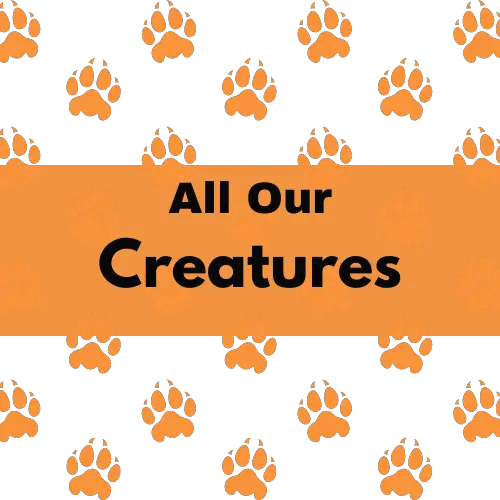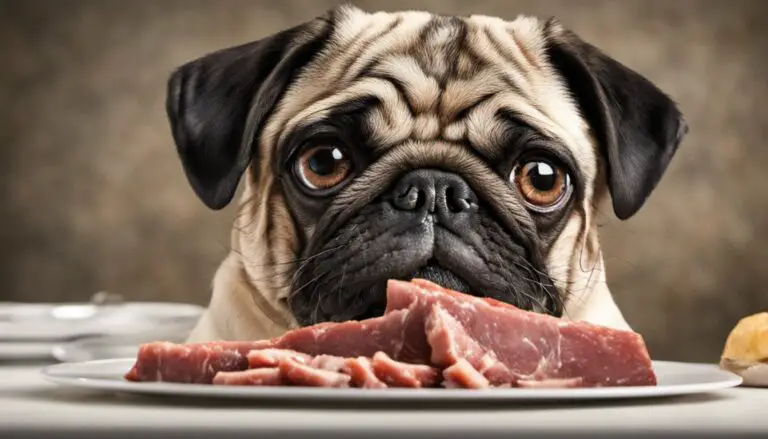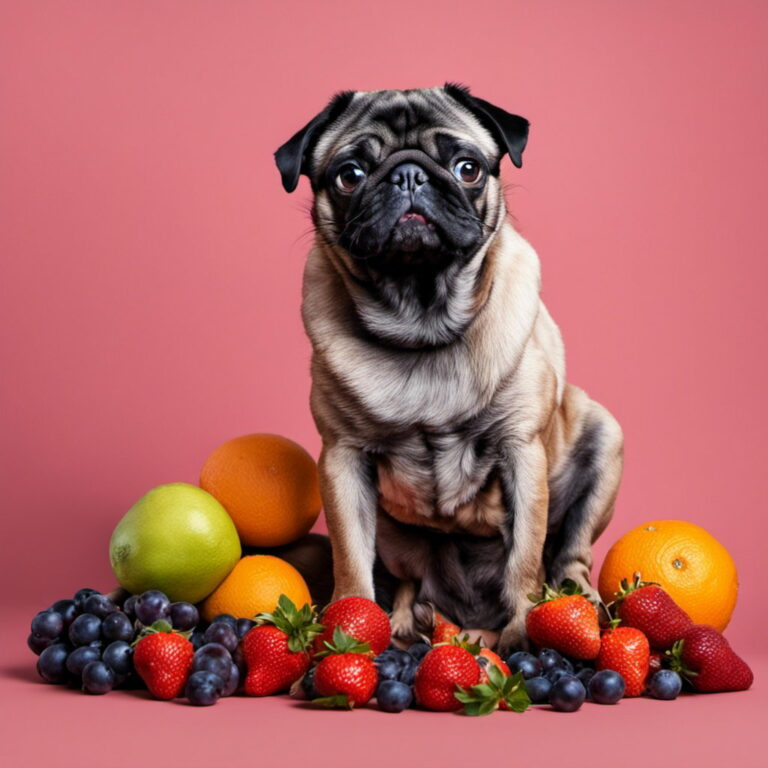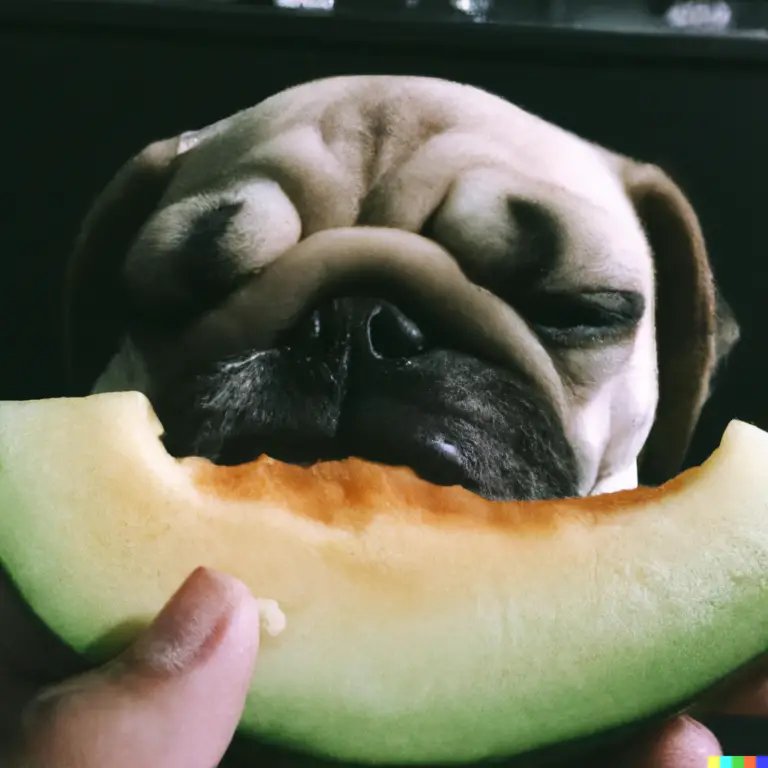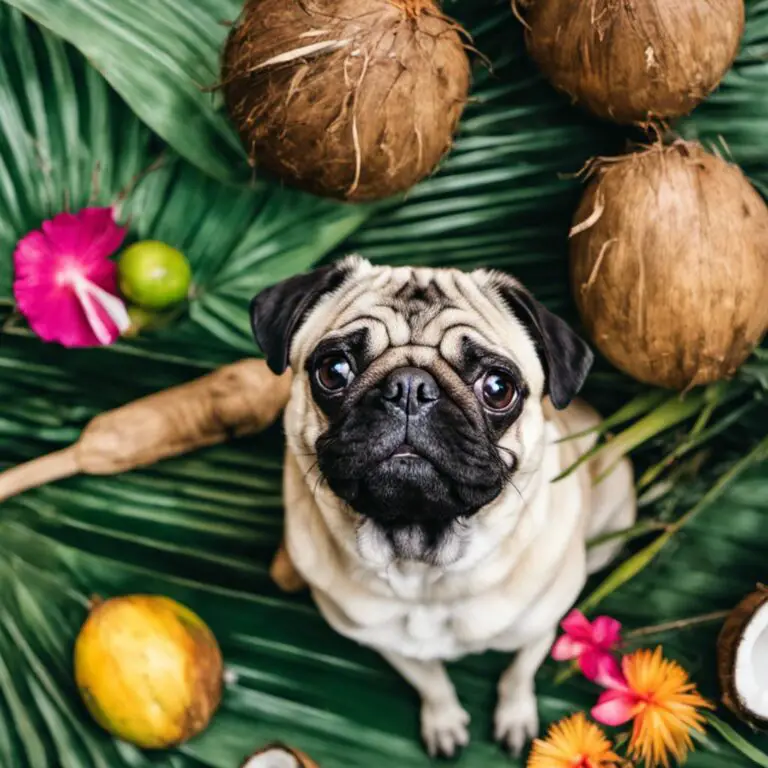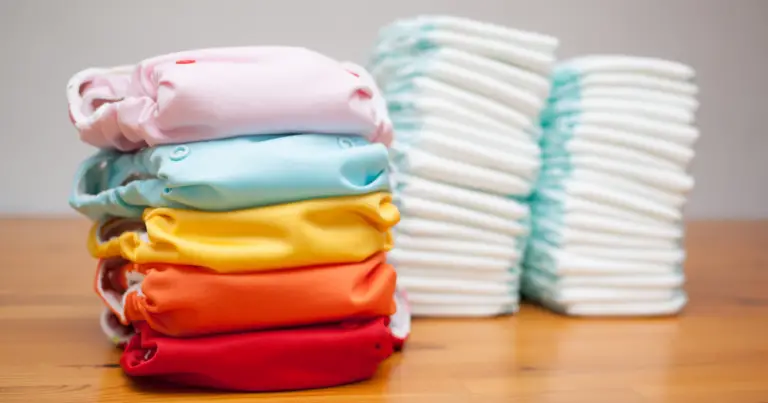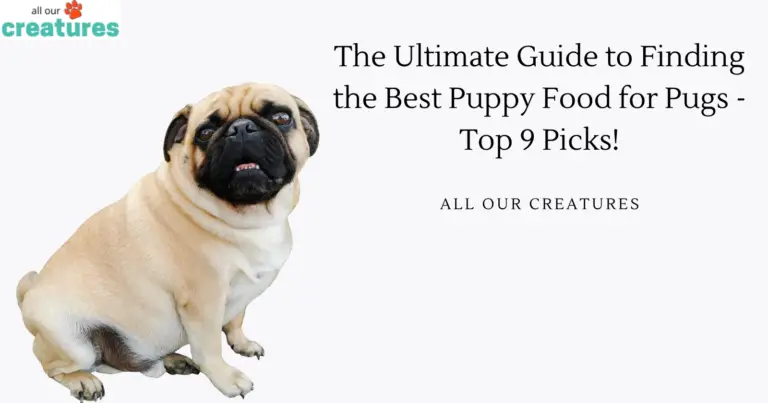What Can Pugs Eat? The Dos and Don’ts of Feeding My Pug
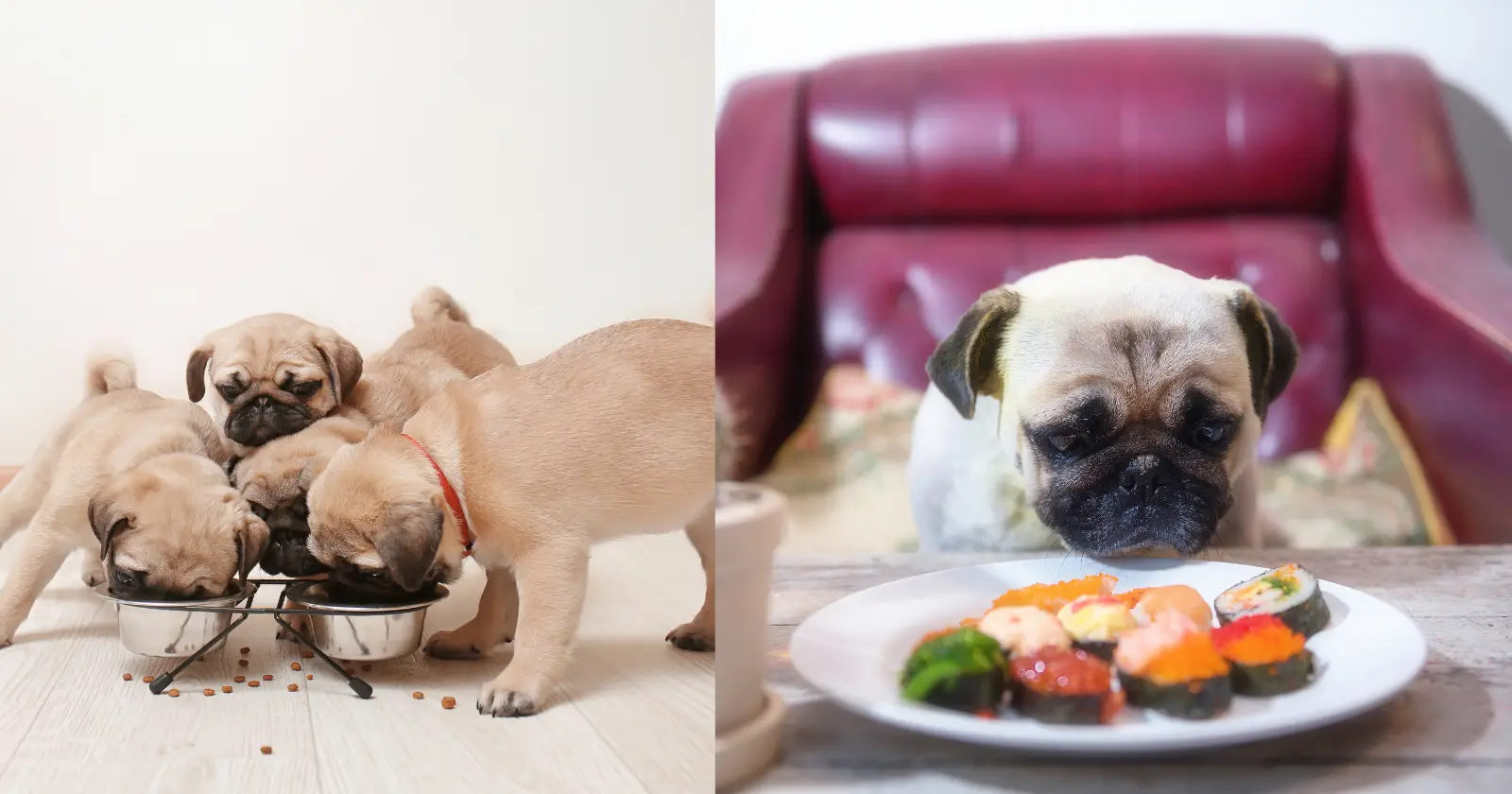
Pugs are natural scavengers. Feeding your pug a balanced diet is essential for its overall health and well-being. However, with so many options out there, it can be difficult to determine what foods are safe and healthy for your furry friend. If you’re wondering about what can pugs eat, this article is here to help. We’ll explore the dos and don’ts of feeding your pug and provide tips and advice for creating a nutritious diet plan that meets your pug’s unique needs.

In this article, we will dive into all of the details you want to know about understanding your Pug’s nutritional needs, what pugs can eat, what pugs should avoid, and feeding your Pug: dos and don’ts. So, Let’s puzzle out that ever-burning question: what can pugs eat?
Contents
Table of Contents
What is the finest food to feed my Pug?

The Royal Canin Breed Health Nutrition Pug Dry Dog Food is the best dog food for pugs. This dry food has been created for the nutritional needs of purebred pugs aged 10 months and up. The kibble is meant to be easy for your pup’s short, blunt, and square nose to pick up.
Understanding Your Pug’s Nutritional Needs
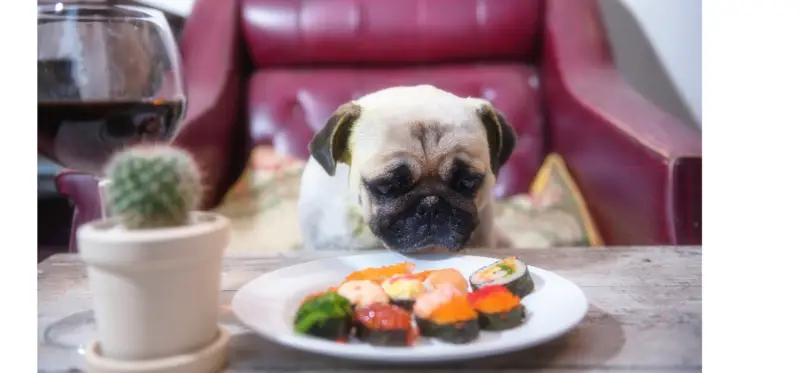
It’s natural to be curious about how many calories your Pug needs. And while this type of inquiry can be answered, methodically measuring calories is a demanding endeavor that is rarely necessary.
On average, your puppy requires 50 calories per pound of body weight, but an adult pug requires 40 calories per pound. Senior pugs require fewer calories due to their slower metabolism and lower activity level.
Get The Free Food Eating Guide That Keeps My Pug Happy and Playful Even at 13 Years Old
100% Beginner Friendly & Lists Real Foods Your Pug Can Actually Eat!

A pug’s healthy diet should contain 18% crude protein. Protein in dog food should not exceed 22%. Crude fatty acids must account for around 5% of the adult pug’s food and 8% of the puppy’s food intake.
What Can Pugs Eat?
Pugs, like other dogs, prefer foods with various flavors and will willingly accept new foods. While most Pugs are not picky, some dogs develop preferences for meals they are introduced to as puppies. Here we’ve answered your question, “What Can Pugs Eat.”
Watch this video: What Can Pugs Eat? The Dos and Don’ts
Dog’s Dry Food
You can add dry dog food to your Pug’s diet plan, as it is formulated for small breeds. Your Pug doesn’t need any special diet or food if your overweight pet is not a picky eater and does not have allergies.
The first component is the chief ingredient, which should be meat. Dry dog food would also contain high carbohydrate foods such as soy, rice, or wheat, as well as minerals and vitamins. To check the ingredients, look at the food information on its packaging.
Avoid feeding your dog with foods that are formulated for large breeds. In Great Britain, from 2013 to 2020, An estimated 7.8 million persons used whole dry dog food for adult dogs in 2020. Another 1.28 million people fed entire dry dog food to their young canines.
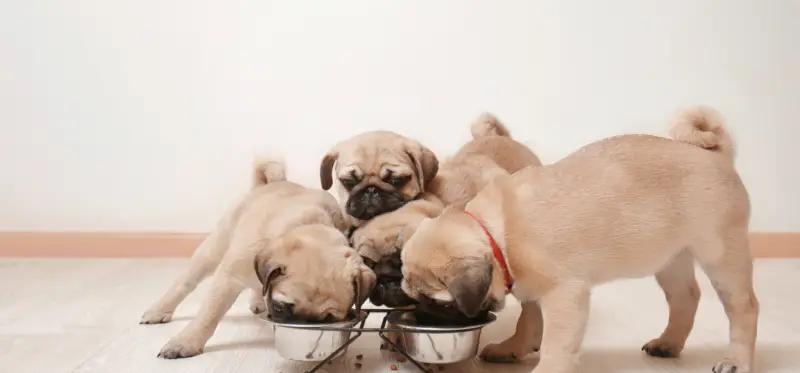
Wet Dog Food
Wet dog food is a good option if your Pug has difficulty chewing its food due to its teeth. This dog food is also a good source for keeping your Pug hydrated, containing 80% water. However, it may cost more than your typical Pug’s food, so keep your budget in mind.
Wet dog food contains extra calories; therefore, use a small portion for your pugs; otherwise, they will gain weight. Although your Pug will surely love this canned food, try to give it as a treat to them only on holidays and special occasions. Give your Pug dry food for the rest of the time.
Mars Petcare generated roughly 1.34 billion US dollars in wet dog food sales in the United States during the 52 weeks ending August 7, 2022. Nestlé Purina PetCare came in second with around 567 million US dollars in sales.
Fruits and Veggies
Pugs consume various delicious foods, but their diet should include lots of fresh vegetables. Kale is an excellent vegetable to include in a pug’s diet. Kale is high in vitamins and minerals, including vitamin C, which is essential for immune system function.
Several fruits and veggies, like carrots, green beans, and potatoes, benefit your Pug’s health. Dark green vegetables, spinach, and others, including minerals and vitamins linked to various health benefits.
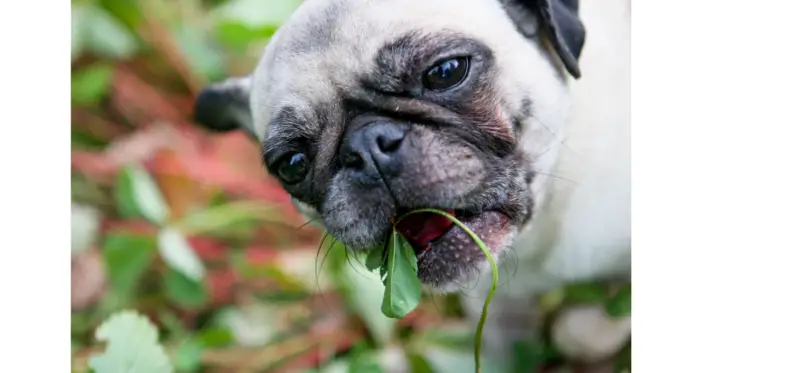
For example, broccoli is a superfood for people and dogs. It contains vitamins, minerals, potassium, omega-3 fats, and other nutrients that can help fight diseases, build strong bones, and promote a healthy heart in humans and dogs.
Berries like raspberries, blueberries, and strawberries are delicious for your dog and have numerous health benefits.
Homemade or Raw Food
You can choose homemade food for your Pug. You may need help in selecting the perfect nutrition for your Pug so that you can go with homemade or raw food. In addition, there are several benefits of homemade or raw food:
- Shinier coats
- Smaller stools
- Cleaner teeth
- Healthier skin
- Higher energy level
It depends on you to decide whether you give cooked meat to your Pug or left raw. Use chicken, beef or lamb, or whatever suits your Pug. Grind it well and add some carbohydrates like cooked potatoes to it.
Keep homemade food in the fridge and thaw it before serving. Otherwise, Your dog’s food could deteriorate and make your Pug sick. Before deciding on any raw food for your Pug, consider consulting your veterinarian so that he can give you better advice for your Pug’s diet.
Treats, Bones, and Chews
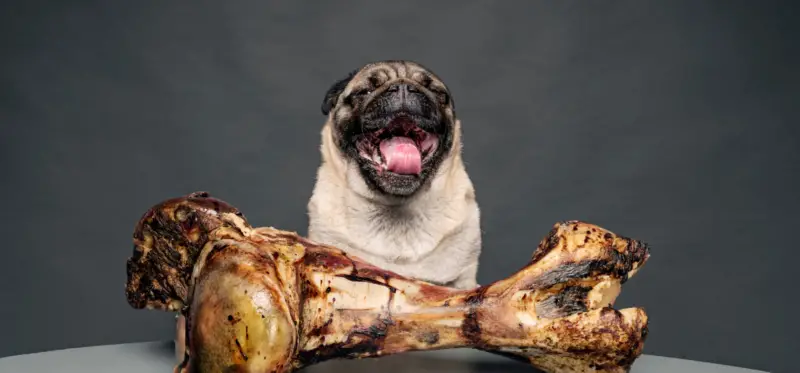
Pugs can eat rawhide, actual beef bone, and pig ear chews. The perfect treat for your Pug depends on your Pug’s favoritism. Any pet store will have hundreds of treats, and your Pug will likely have favorites.
Cheese, hot dogs, and little portions of cooked meat are common dog treats that many trainers use. Treats can be fatty, so keeping them to a minimum will help your Pug maintain a healthy weight. Don’t give treats to your lovely Pug every day, as it can harm your Pug.
What Pugs Should Avoid
Some fruits like grapes and currants and the pits of peaches, plums, or cherries are not good for your Pug’s health. Likewise, raw sweet potatoes, avocados, mushrooms, garlic, onions, and green tomatoes raw potatoes are toxic to pugs and other dogs.
Caffeine is extremely toxic to dogs. Pits and small bones, such as chicken bones, have the potential to shatter and tear the insides of the throats, stomachs, and intestines. Peach pits, cherries, and plums are not good for your Pug.
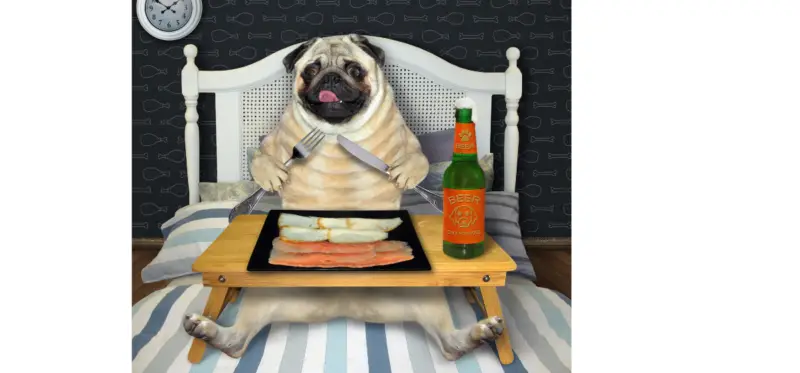
Keep tobacco and alcohol away from your Pug at all costs. Caffeine doesn’t usually need much to poison a pug, but just one diet tablet or tea bag can do the trick. Also, keep your dog away from the trash can. Even if the food isn’t hazardous, rotting food can make your dog sick.
The next item on the menu is macadamia nuts. Again, there isn’t much information about why nuts are dangerous for pugs, but there is enough proof that they are. Macadamia nut toxicity symptoms include weak hind legs, tremors, and vomiting.
Feeding Your Pug: Dos and Don’ts

There may appear to be many restrictions when it comes to feeding your Pug, but they will become easier and easier for you in no time. Feel free to provide a wide selection of foods for your pet. Pugs can consume some human foods as well. Let’s get straight into it.
1. Veggies
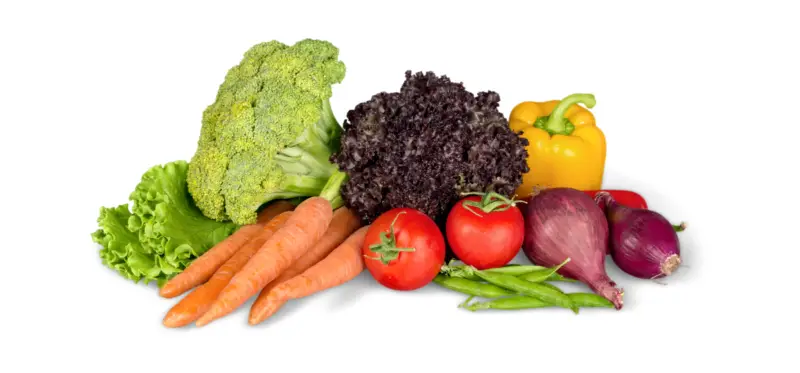
Veggies are quite nutritious. Baby carrots are excellent for your dog’s dental health, while green beans and sweet potatoes are quite healthy. Dark green vegetables, like spinach and kale, are high in vitamins and minerals, making them ideal for keeping your dog healthy inside and out.
Let’s look at what pugs can eat in the veggies group.
| Do feed | Don’t feed |
| Spinach | Mushrooms |
| carrots | Onions |
| pea | Green tomatoes and raw potatoes |
| Asparagus | Avocados |
| Green beans | Garlic |
| Kale |
2. Fruits
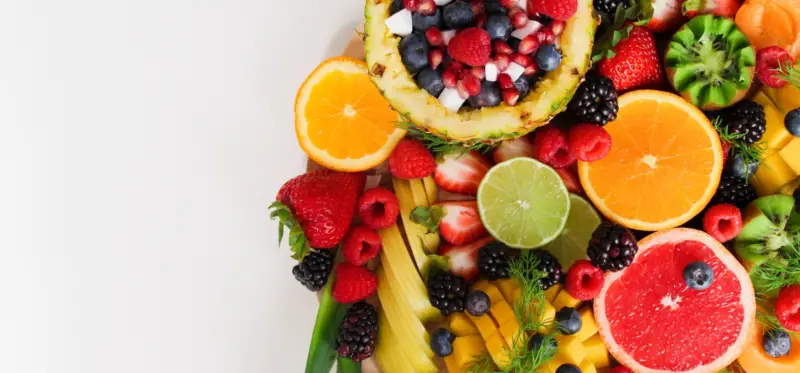
Fruits are a little trickier. Your best bet is to feed your Pug some luscious berries. These are both safe and nutritious. Pugs have few teeth; thus, they can’t chew citrus fruits like oranges and lemons. Don’t feed fruits to your Pug that have seeds or pits.
Let’s take a closer look at what can pugs eat in fruits.
| Do feed | Don’t feed |
| Banana | Currants |
| Mango | Grapes |
| Strawberries | Pits of peaches |
| Blueberries | Pits of plums |
| Raspberries | |
| Huckleberries | |
| Kiwi | |
| Pear | |
| Cantaloupe | |
| Plums (without pit) | |
| Peaches (without pit) | |
| Apple (without core and seeds) | |
| fresh pineapple | |
| Honeydew melon |
3. Bones
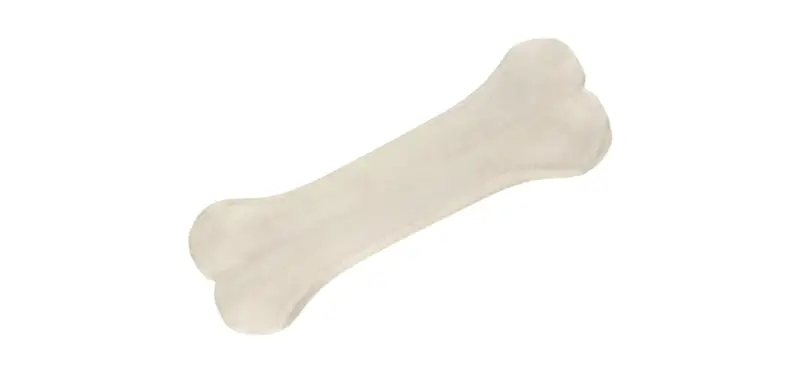
Pig ears are a healthy and enjoyable treat for your Pug, but small bones should always be avoided. Because chicken and fish bones are so small, they might become a choking hazard for your dog.
| Do feed | Don’t feed |
| Pig ear | Other small bones like fish |
| Real beef bone | Chicken bones |
| Rawhides |
Conclusion-What Can Pugs Eat
If you want your Pug staying healthy, keep your eye on its food. New foods should be introduced gradually to avoid stomach distress. Before making any changes to your Pug’s diet, consult your vet.
We hope you understand this post, “What Can Pugs Eat.” Visit allourcraetures to learn more.
